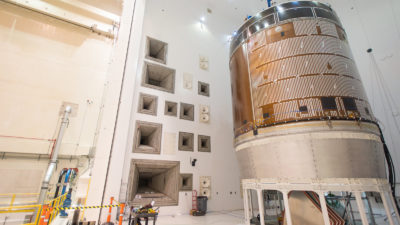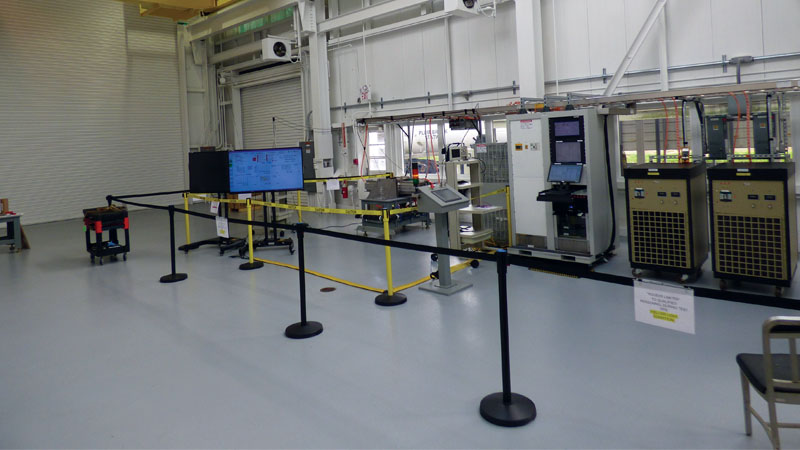Microgravity research advances physical, biological and material sciences
By SUNIL CHINTALAPATI|December 2019
The Microgravity and Space Processes Technical Committee encourages the advancement and public awareness of low-gravity studies in physics, materials, biological sciences and related fields.
Astronauts on the International Space Station carried out about 300 microgravity experiments this year. The commercial and research experiments included those in physical and life sciences and advanced manufacturing.
Scientists from NASA’s Glenn Research Center in Ohio oversaw the flame design experiment, which aims to optimize oxygen-enriched combustion by examining the production of soot. Flame design is part of the Advanced Combustion via Microgravity Experiments. The flame design experiment was conducted in the Combustion Integrated Rack, or CIR, which provides an isolated environment to conduct combustion-related experiments. A flame in reduced gravity tends to be spherical. While on Earth, hot gases from the flame rise, while the cooler dense gas is pulled down by gravity.
Astronauts conducted the flame design experiment from March to October. Experimenters burned fuel with inert gas to study the quantity of soot produced under different flame conditions. The soot clusters produced by a flame glow yellow when hot and they grow larger in microgravity because the soot remains within the flame longer. The research is aimed at reducing pollutant emission in practical terrestrial combustion and spacecraft fire prevention research.
Microgravity effects on humans are of concern for long-term residence on the ISS and potential deep space missions. Scientists at the University of Washington School of Pharmacy and UW Medicine, with collaborators, designed an experiment to study microgravity effects on human kidney health, specifically on segments of renal tubules (the renal tubule receives plasma filtrate and processes it into the urine). The researchers launched the Kidney-on-a-Chip Space Project to the ISS in May. The 24 credit-card-size chips have fluid microchambers that are lined with human-derived kidney cells for examining two segments of the renal tubule with different aspects of filtrate absorption. Experimenters will analyze the chips upon their return to Earth.
March marked the third anniversary of additive manufacturing on the ISS, where machinery has produced 115 tools. Additionally, this year saw the launch of an innovative 3D printer by Techshot Inc., an ISS commercial facility partner, and nScrypt, a manufacturer of industrial 3D bioprinters and electronics printers, to manufacture human tissue in microgravity. In August, astronauts began operating the 3D BioFabrication Facility, which “uses adult human cells (such as stem or pluripotent cells) and adult tissue-derived proteins as its bioink to create viable tissue,” according to a Techshot news release. Manufacturing of soft human tissue on Earth is hampered due to soft tissue collapse in gravity. Experimenters aim to use the 3D BioFabrication Facility to print soft tissue and strengthen cell-culturing systems before sending them back to Earth to potentially create patient-specific replacement tissues.
This year also marked the 15th flight opportunity for the Students Spaceflight Experiment Program. Each year, this program gives hundreds of students a chance to design experiments to fly aboard the ISS. This year, 3,683 students submitted proposals and 41 experiments flew to the ISS. A total of 23,117 students from fifth grade through college were involved.



































